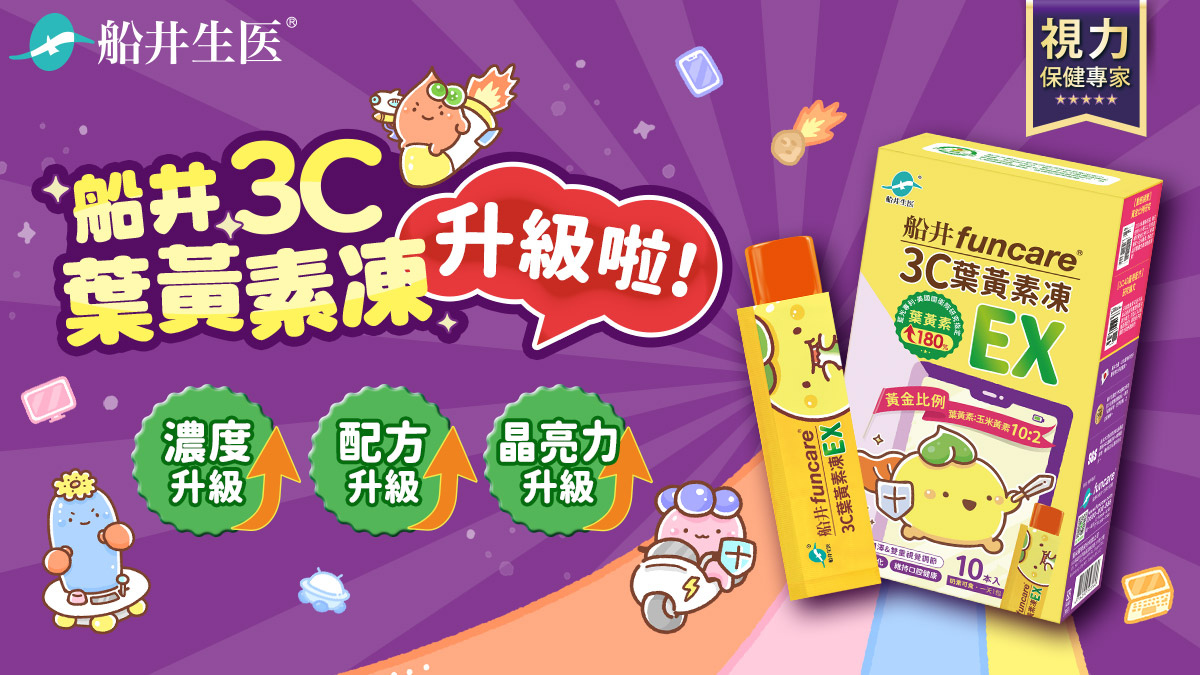Daily life, a lot of news such as rising oil prices, energy crisis, global climate change will cause us to panic for the future. The current consensus is that we need to reduce dependence on oil in favor of clean energy, avoiding harm to our planet. This view is the people and governments around the world wide support, even in the United States. Scientists in various countries around the world are looking for alternative sources of energy, such as renewable energy sources like wind, biofuels and solar energy.
In mid-century, Bell Labs invented the "Bell of solar cells," but its high cost limited the development of solar cell industry, even after 55 years since then, solar photovoltaic power generation in the global grid accounted for only about 0.04% . However, the situation has changed in recent years, from flat panel display and semiconductor industries burning laser processing technology derived from the solar industry, there has been explosive growth.
Currently there are three common commercial application of solar cell technologies: multi-junction cells, crystalline silicon cells and thin film batteries. Multi-junction cells prepared by application on a single crystal substrate by chemical vapor deposition techniques, has the highest electron conversion efficiency (typically 28-29%, and even up to 40%). As production costs are very expensive, they are typically used regardless of the cost or effective area smaller applications, such as satellite or solar concentrator. Crystalline silicon cells most widely used efficiency monocrystalline or polycrystalline silicon is roughly 13% to 22% range. Thin film battery is a new technology, (8-18%) and low production costs are relatively low efficiency.
Crystalline silicon cells occupy approximately 93% of the PV market. In 2006, solar applications beyond the semiconductor industry, silicon has become the most important application direction (55%), which makes a significant increase in demand for silicon, silicon and caused prices to rise rapidly. So people began to look for alternatives, such as thin-film batteries. Cells are typically made of different multilayer thin film materials deposited on a glass or metal substrate, a common structure as shown in FIG. Most of absorbent material used is amorphous silicon, cadmium telluride (CdTe), copper indium gallium diselenide (CIGS). An outer electrode of the cell is typically made of indium tin oxide (ITO), zinc oxide (ZnO) conductive glass (the TCO), aluminum and molybdenum and other metals. Diode-pumped 30000mw laser pointer commonly used for connecting and insulating portions crossed at different levels.
Laser Scribing
The first step in the manufacture of thin film battery is on a glass substrate coated with electrodes, this coating is typically ITO (Indium Tin Oxide, light transmissive material). Then P1 scribing process electronic circuits, commonly used Q-switched laser wavelength of 1064 nm and 12-15 W average power. To improve the yield, the laser must be 100 KHz above the high repetition rate for rapid scanning, pulse width should be very narrow (15-40 ns) so that the peak power is higher than the ablation threshold of the material.
To achieve this ideal laser machining process include Spectra-Physics (Spectra-Physics) the Navigator, Hippo or Talon series, currently the world have installed hundreds of sets of such a laser scribing photovoltaic device. Quality spot and pulse stability is also very important to make sure that they are crossed quality, repeatability and reliability of the key. Once the ITO layer is completed, the panel returned to a chemical vapor deposition apparatus, the semiconductor film (amorphous silicon layer).
After the P2 laser process using 532 nm laser scribe from the back of the glass. Similarly, high repetition rate and short pulse width (15-30 ns) is the best, and the process power requirements are not high (typically less than 1W). So you can use a low-power green laser, or a laser beam into a plurality of 4-6 W of simultaneous multiple processing. When the P2 process is complete, the battery back-plate electrode coating (usually aluminum), and finally P3 laser scribing process, which is from the back through the glass substrate, and using the same green laser pointer process and P2. Good quality spot and pulse stability is particularly important to avoid harm to other material layers. P2 and P3 applied to the process of Spectra-Physics Lasers have the Navigator, Hippo and Talon Series green (532 nm).
The biggest advantage over conventional silicon thin film battery cell is full automatic production line, flat panel display equipment coating equipment manufacturer Applied Materials, Oerlikon, Ulvac and Leybold has recognized this opportunity, we began the development of automated production lines. It's the same as the flat panel display market principles to reduce costs by increasing the processing area.
The laser system is an important part of this online automated production lines. As used in the semiconductor and flat panel display, like a laser shine also make solar cell market.
http://www.everyonetobuy.com/best-10000mw-green-handheld-burning-laser-pointer-pen-flashlight.html






 留言列表
留言列表


